Search
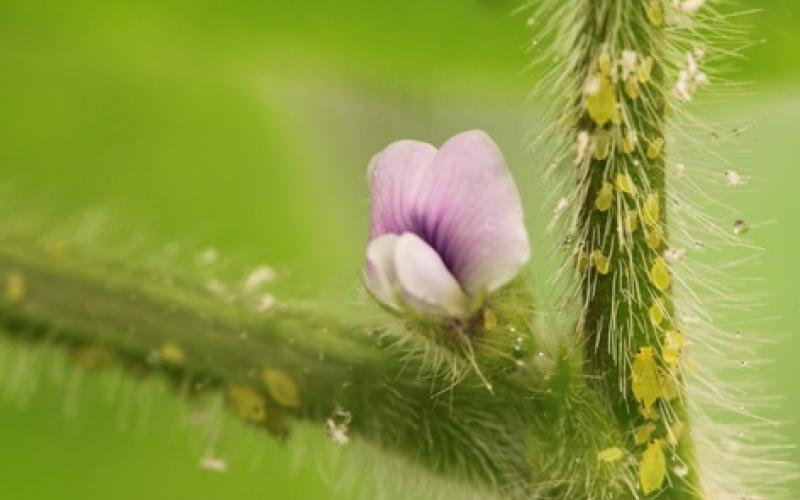
Why the 250 Threshold is Still Appropriate for Soybean Aphids
When gearing up for soybean aphid scouting, it is important to think about the population densities that warrant insecticide management.
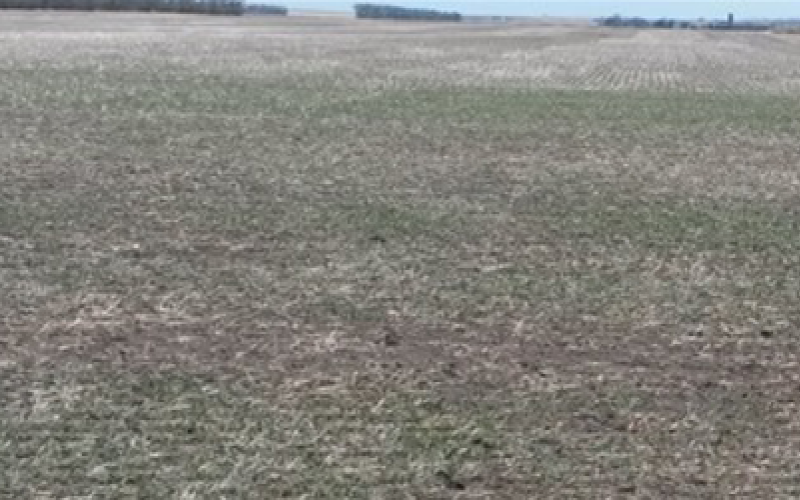
Split Application of Nitrogen in Winter Wheat
Adequate N early in the growing season is important to support healthy tillering and to give young plants the best opportunity to survive the sometimes-harsh South Dakota winter
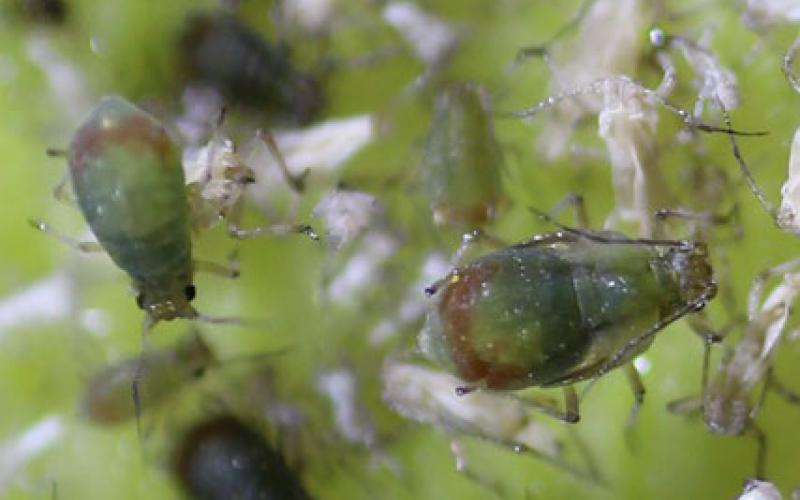
Scouting Winter Wheat for Aphid Pests
Although we cannot predict aphid pressure in winter wheat, there are measures that may be taken to reduce the risk associated with these insects.
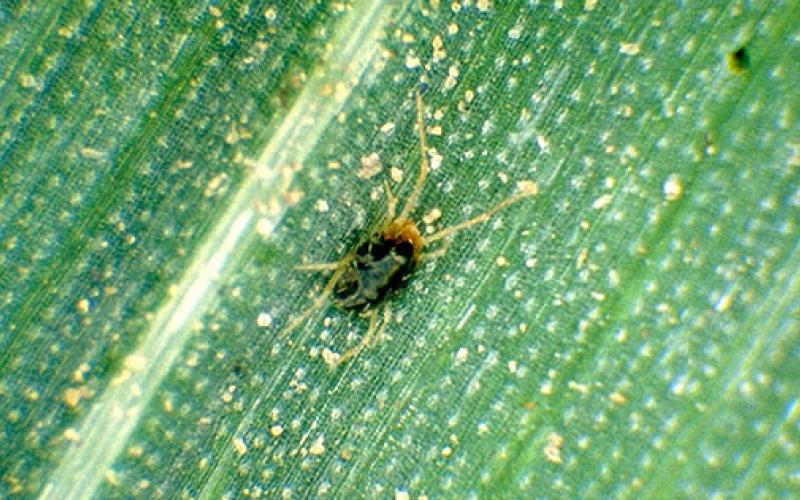
Scouting Winter Wheat for Mite Pests
Winter wheat planting is underway in South Dakota. After wheat emergence, it is important to scout for brown wheat mite and wheat curl mite populations.
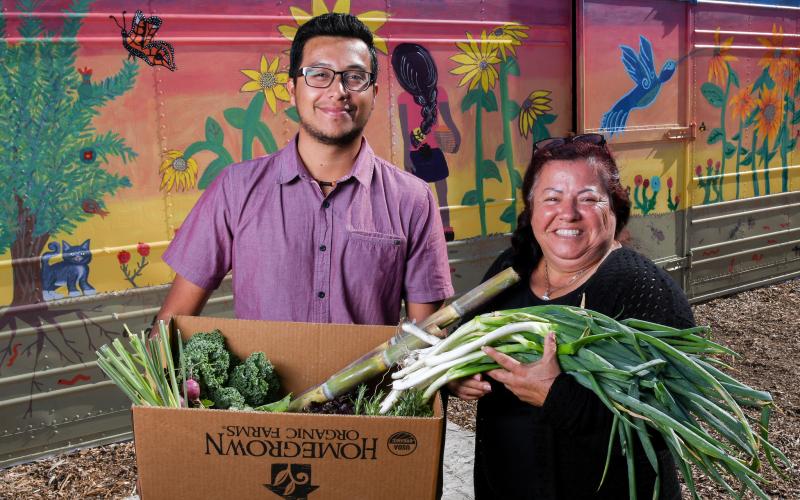
CSA Subscription ‘Box’
Community Supported Agriculture (CSA) subscriptions vary by producers; there is no set rule on the package size or box contents.
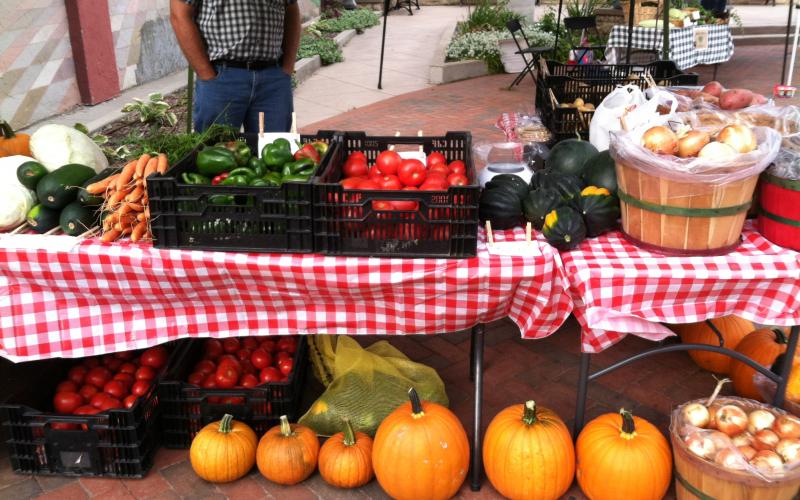
Developing a Vision Statement for a Farmers Market
The Vision Statement is a picture of what the market organizers want the market to look and feel like in the future.
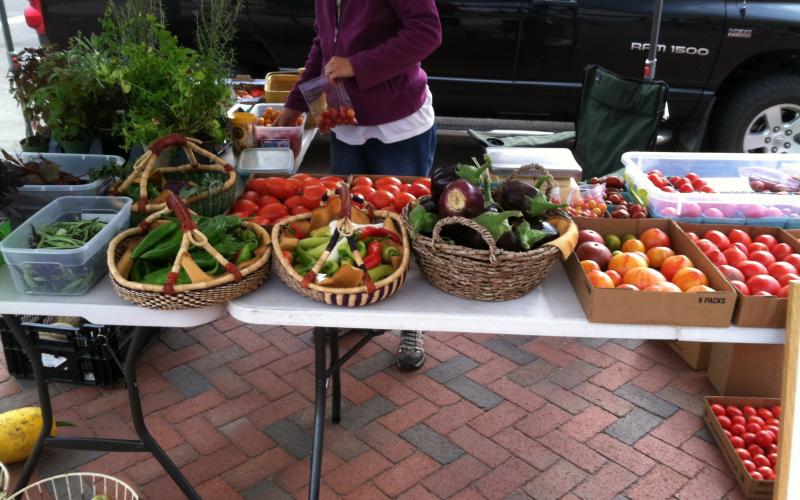
Farmers Market Food Safety: At the Market
Displaying food and produce safely requires attention to reducing the risk of contamination.
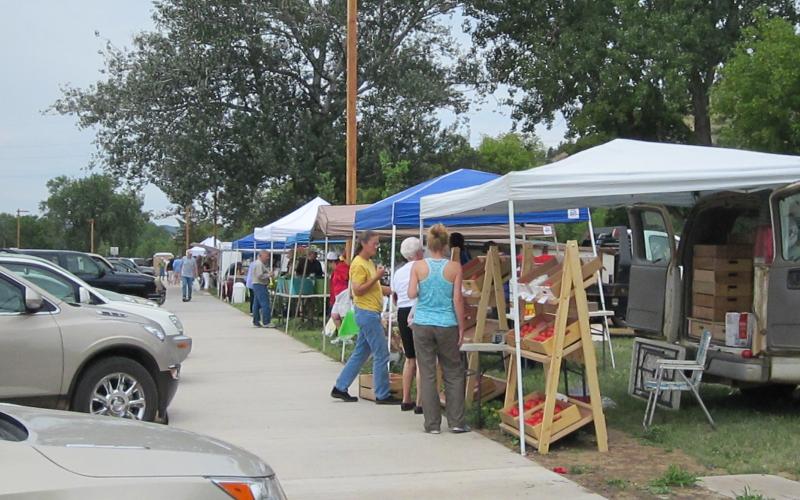
Drafting Farmers Market Documents: Market Rules
It is strongly recommended that new and existing farmers markets draft rules to govern the daily operation of the market.
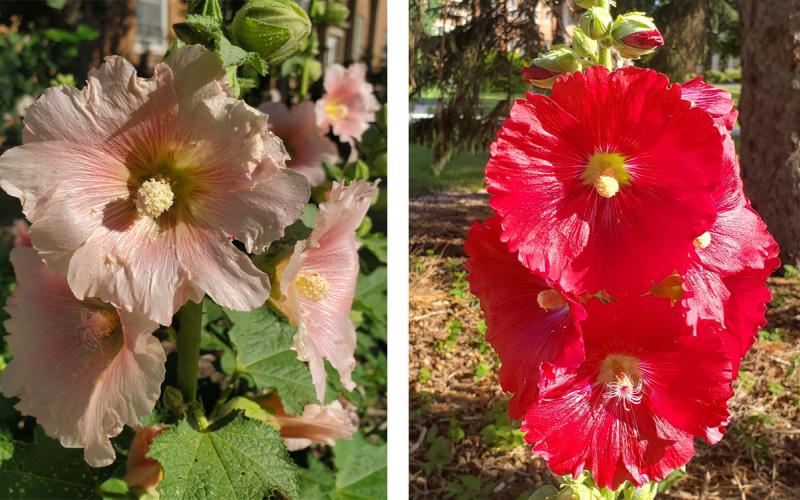
Growing Hollyhocks
Hollyhocks are a popular, old-fashioned plant that can be found along the foundations of many old homes and nestled in older farmsteads across the state. Learn some important considerations for selecting, planting and caring for them in your garden!
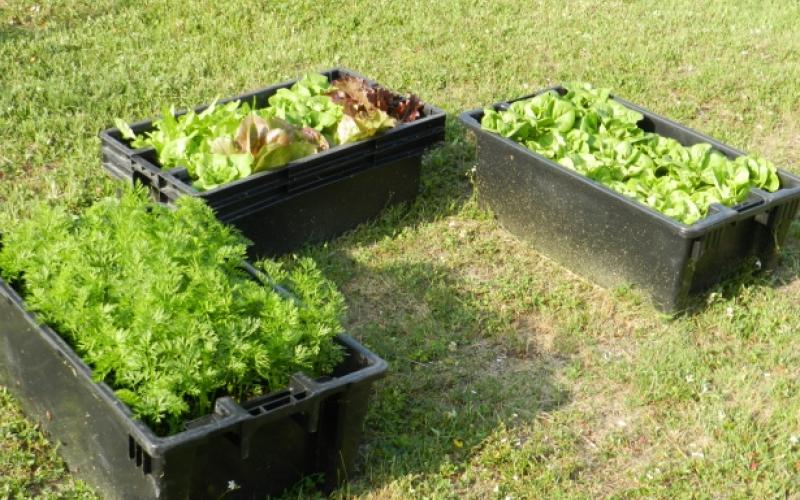
Growing Vegetables in Tubs
You can grow lots of vegetables in plastic container gardens. The important things to remember are using a good growing medium and keeping enough water on the plants as they get larger.